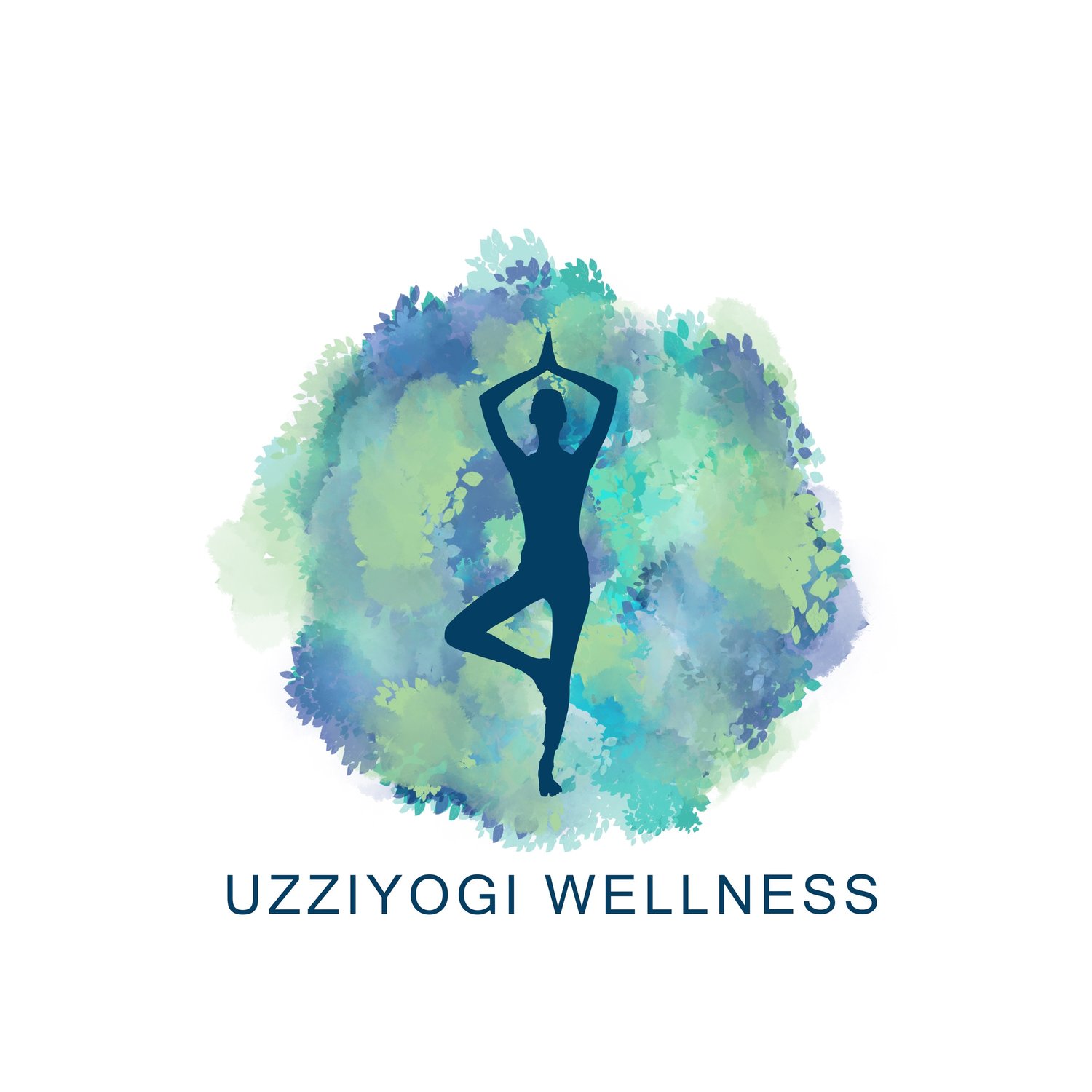Because I specialize in gentle yoga, I’m often asked about the differences between Restorative Yoga and Yin Yoga. This week, I’ve decided to breakdown the three main differences between the two.
Restorative Yoga Passively Heals
While both practices are for relaxation, the purpose of Restorative Yoga is passive healing. If you’re sick, have an injury, or your body is just unhealthy, Restorative Yoga is there to heal you in the most gentle and painless way possible.
On the other hand, Yin Yoga’s purpose is to access your deeper muscles and challenge you. It encourages the practitioner to hold poses for three to five minutes in order to actively stretch using passive positions. These can increase flexibility, joint mobility, and posture while working the energy flows, or Chi, throughout the body
Yin Yoga Invites Discomfort
Because of the stretching involved in Yin Yoga, the practice invites the participant to be uncomfortable in order to achieve better results.The poses stretch many parts of your body, including your bones, ligaments, joints, and, most commonly, your fascia (a thin layer of connective tissue that encases every muscle in your body). The fascia is especially important to take care of because of the role it plays in preventing chronic pain and reducing range of motion.
And then there’s Restorative Yoga. Because this practice is meant to heal, whether it be an injury, an ailment, etc., it’s important to stay comfortable during this type of yoga. If you become uncomfortable, it’s likely you’re doing something incorrectly that’s destructive to both your body and practice.
Restorative Yoga Uses Props
As mentioned before, because the purpose of Restorative Yoga is to heal and remain comfortable, this type of yoga uses props to ease your movements and aid your stretches.
Yin Yoga encourages discomfort in order to better your body, and does not typically include props to help with stretching unless the instructor decides otherwise.
The important thing to remember is that both Yin Yoga and Restorative Yoga are there to improve your health, and enable you a “deep rest” that my not be accessible in your everyday life. So, if you’re looking for the opportunity to relax and assess your current being, you can’t go wrong with either of these practices.

